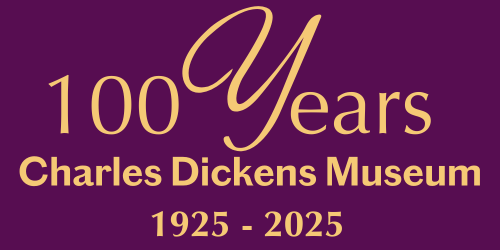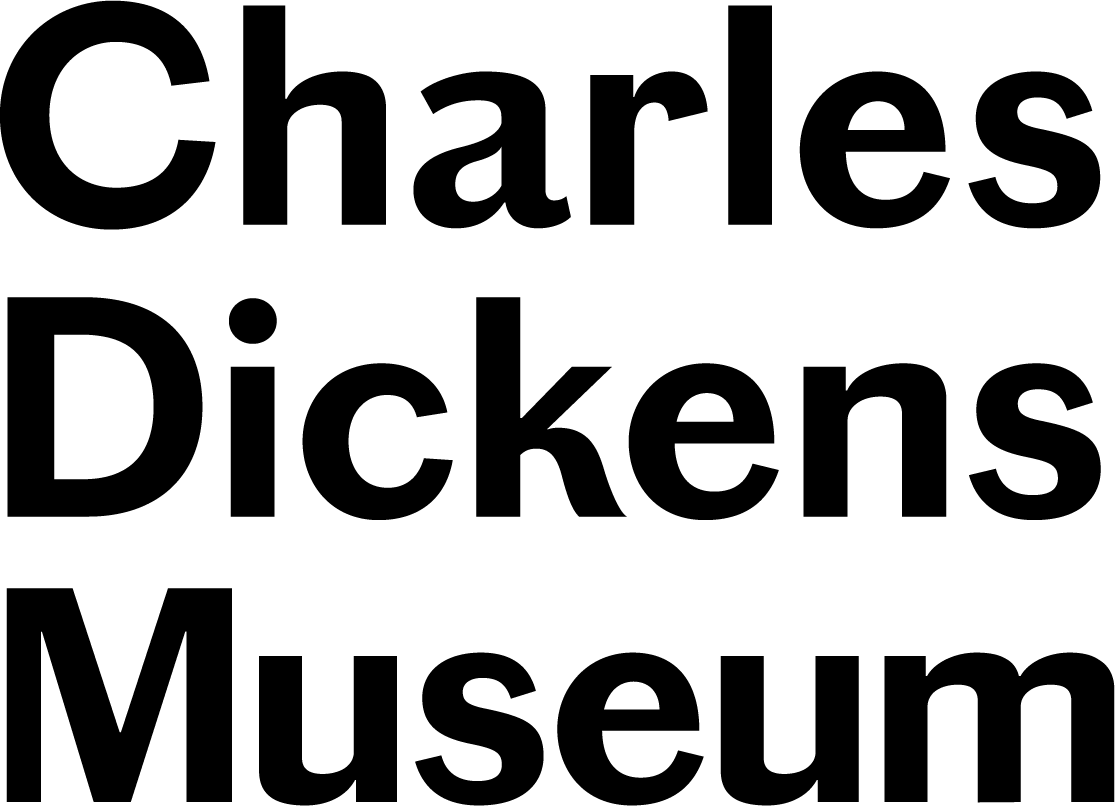Celebrating Catherine Dickens

by Frankie Kubicki
In February 1835, Catherine Hogarth celebrated Charles Dickens’s twenty-third birthday at his London lodgings. Only nineteen years old, she described the party and its host to a cousin. ‘Mr. Dickens improves very much on acquaintance,’ she wrote, and is ‘very gentlemanly and pleasant.’ Little more than one year later, in April 1836, they married.
This partnership would shape Catherine’s life forever. She and Dickens would live together for twenty-two years. They would travel to North America and reside on the Continent as well as in England. Between 1837 and 1852 they would have ten children, two born at 48 Doughty Street, which now forms part of the Charles Dickens Museum. In 1858, Dickens decided to separate from Catherine. This event, and Dickens's rewriting of it (and the couple’s marriage), would shape how Catherine would be seen up until her death in 1879, and in the following decades.
In 2016 working with Professor Lillian Nayder, author of Catherine’s 2011 biography, the Museum presented an exhibition titled The Other Dickens: Discovering Catherine. Aiming to debunk the myths surrounding her, the show explored Catherine on her own terms. Since this landmark exhibition, we have aimed to do just that, introducing Catherine’s voice into our displays, collections and catalogue. In 2018 the Museum acquired three personal artefacts owned by Catherine. This acquisition - funded by Arts Council England/V&A Purchase Grant Fund, Art Fund and the Dickens Fellowship - expanded our collection of items belonging to Catherine. This blog focuses on introducing these items.

A brass-toned cornucopia Bouquet Holder with an incised floral motif owned by Catherine Dickens, E.177.1 © Charles Dickens Museum.
Purchased with the support of the Arts Council England/V&A Purchase Grant Fund, Art Fund and the Dickens Fellowship
Popularised by the French court of Versailles during the reign of Louis XIV, Bouquet holders gained popularity in other European countries during the 1800s. The holder would have held fresh posies of flowers and would have been used by ladies at social occasions such as dinners, balls and the theatre. Although highly decorative, these items were also practical as they retained the flowers perfume and freshness, as well as protecting dress fabrics from the staining of pollen. Some examples of these holders, such as the one owned by Catherine, also included ingenious stands so that the flowers could be put down on a table whilst the owner danced. Catherine and Dickens were highly sociable during their marriage with Catherine accompanying the author to engagements such as attending the luxurious 1842 ‘Boz Ball’ in New York, held in her husband’s honour.

Ivory chinoiserie bracelet with case owned by Catherine Dickens, E177.2 © Charles Dickens Museum.
Purchased with the support of the Arts Council England/V&A Purchase Grant Fund, Art Fund and the Dickens Fellowship
Although the decorative fashion of chinoiserie - a style inspired by the art and design of China, Japan, and other Asian countries - had its heyday in the 1700s, its influence can be traced into the nineteenth century. This bracelet owned by Catherine is an excellent example of how this style still featured in the art and design of the period. The carved plaques that make up the piece are likely to have originated from China, but the clasp suggests that a jeweller in Britain finished the item. The bracelet was acquired with a bespoke case that would have been used for display. Catherine Dickens’s will lists various special items in a cabinet that she bequeaths to her grandchildren, Beatrice Dickens and her siblings, and it is possible this bracelet is one such item.

Snake bracelet, gold with lapis and engraved detailing belonging to Catherine Dickens, E.177.3.
Purchased with the support of the Arts Council England/V&A Purchase Grant Fund, Art Fund and the Dickens Fellowship
The snake bracelet was left in Catherine’s will to her daughter the artist, Katey Perugini. Victorian women’s wills are often deeply personal, demonstrating that it was important to gift precious items to friends and family. Leaving this bracelet to Katey is steeped in emotion, and highly symbolic – just like the design of the bracelet itself. The materials of the bracelet are deeply important: turquoise, which signifies love, is protected by ruby, which signifies strength. The form of the snake eating its own tail is also highly significant as it symbolises eternity. Victorian sentimental jewellery frequently included the precious stones ruby and turquoise for symbolic purposes. This particular design was very common at the time and a favourite with Catherine, as shown by the bracelet's similarity to a ring owned by Catherine and left to Georgina Hogarth in her will (DH728). The bracelet featured in the V&A exhibition on Charles Dickens in 1970 and is listed in the catalogue.

Serpent ring owned by Catherine Dickens and Georgina Hogarth, DH728. © Charles Dickens Museum.
Purchased with the support of the Art Fund
What conclusions about Catherine might we be able to draw from these items? A handful of thoughts spring to mind: she loved her children, she was fashionable, and a social and warm individual, all descriptions that differ wildly from the cold image that Dickens drew of her after their separation. By expanding our collection of material relating to Catherine, we are able to re-examine her life and foster new research about Catherine as a significant figure in her own right. Over 140 years after her death, the search for the true Catherine Dickens has only just begun.



